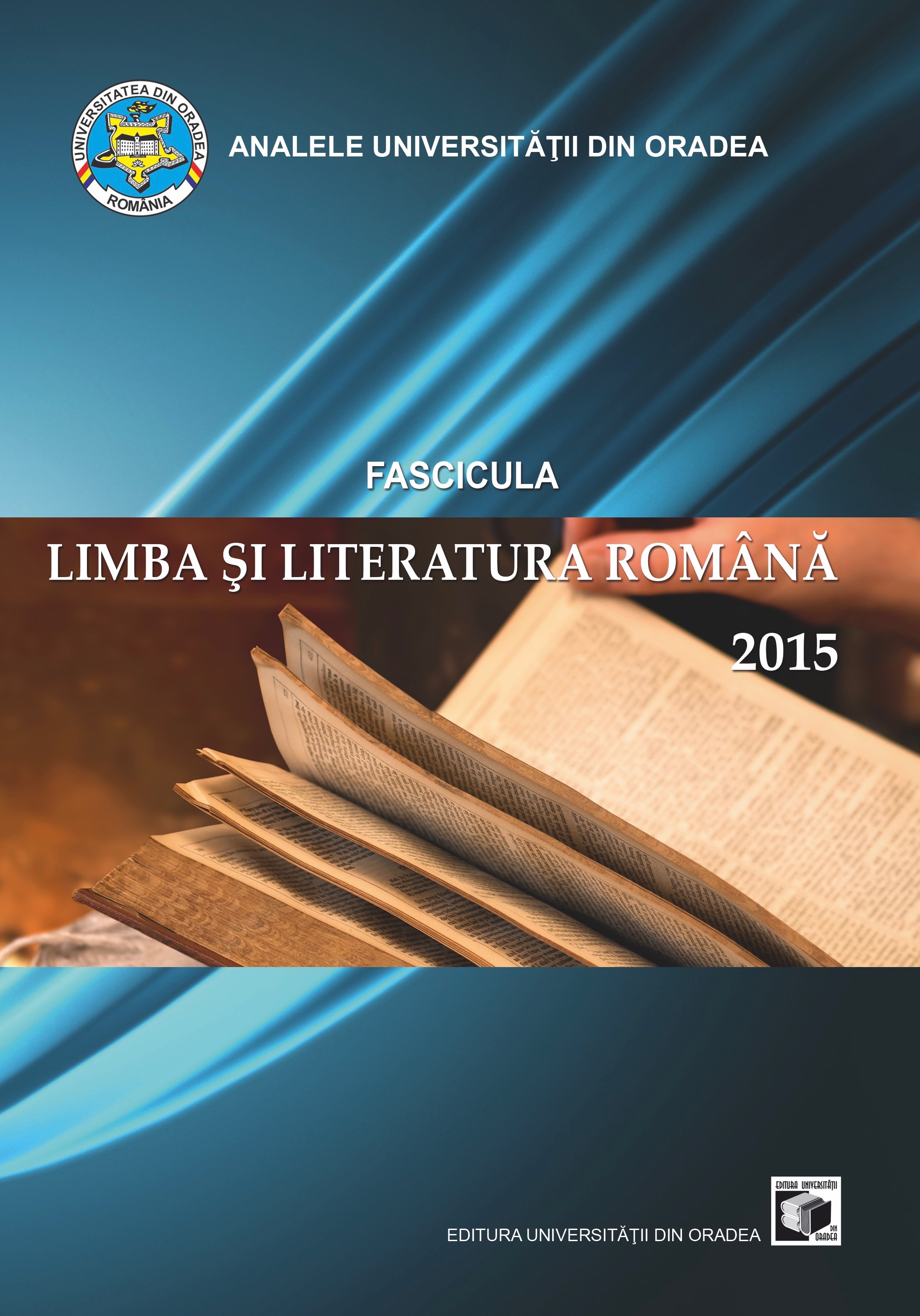WEAVING A NARRATIVE FROM METAMORPHOSES in Alessandro Baricco`s Seta (Silk) and Doina Ruști’s Manuscrisul fanariot (The Phanariot Manuscript)
WEAVING A NARRATIVE FROM METAMORPHOSES in Alessandro Baricco`s Seta (Silk) and Doina Ruști’s Manuscrisul fanariot (The Phanariot Manuscript)
Author(s): Dana SalaSubject(s): Customs / Folklore, Comparative Study of Literature, Cultural Anthropology / Ethnology, Culture and social structure , Social differentiation, Family and social welfare, Sociology of Culture, Ethnic Minorities Studies
Published by: Editura Universitatii din Oradea
Keywords: metamorphosis; postmodernism; netting and clothing in literature; weaving a narrative; Italian contemporary literature; Alessandro Baricco; silk; exoticism; Japan; Doina Rusti; Balcanism; Bucharest;
Summary/Abstract: The art of weaving and the art of novel making have been placed together for ages, as complementary to each other. The abstract layer of the story gets reshaped and mirrored in the concrete act of weaving. An imaginary tapestry is created as every story unfolds and the pictures and scenes contained in it become visible more and more. However, the present article does not deal with every possible parallelism between weaving or netting and narrative. We have chosen two short novels where clothing is an intrinsic part of the novel configuration and triggers an alchemic process: Seta (Silk) by Alessandro Baricco-1996, irrespectively Manuscrisul fanariot (The Phanariot Manuscript) by Doina Ruști-2015. It is the alchemy from a matter-of-fact life to a spiritual existence, unknown before. Metamorphoses rather than graspable facts and explainable acts are woven into new narrative structures. The theme of speech irrespectively of silence, of impossible communication is interwoven in the out-of-ordinary love stories of these two writings, sustained by unusual rhythms of life, always moving at the pace between complete, death-like inanimation and absolute frenzy (in the latter novel within a Balkan setting). Silk (irrespectively embroideries and tailoring) and metamorphosis are linked through the theme of Time on the path to death and survival. In opposition to hieratic and ceremonious gestures, of gazes intervening like a cut in the protagonist’s existence, as in Baricco’s Silk, clothing and fabrics are colorful and picturesque so as to cover the void beneath and as of a visual alternative to a city which lives through its noises, the Bucharest around 1790 (in the novel The Phanariot Manuscript). Both male characters seem to act like a golden thread in a huge to and fro canvas, as prisoners of their choices, coming to terms with the non-heroic life they reached after approaching nothingness too much.
Journal: Analele Universităţii din Oradea Fascicula Limba si Literatura Română (ALLRO)
- Issue Year: 22/2015
- Issue No: 1
- Page Range: 66-79
- Page Count: 14
- Language: English
- Content File-PDF

